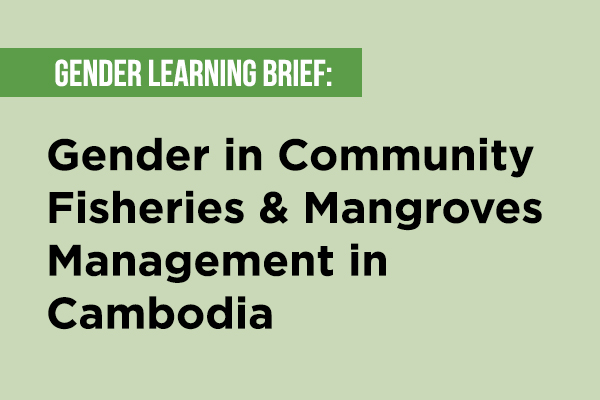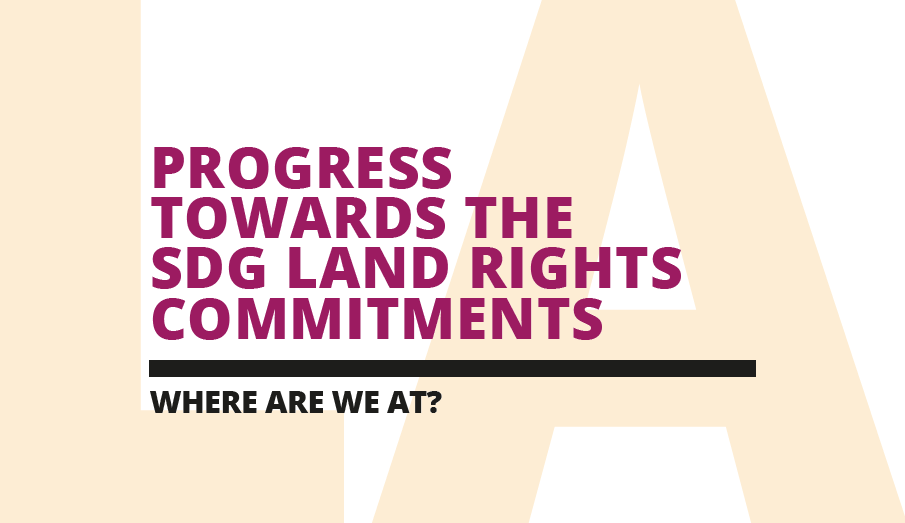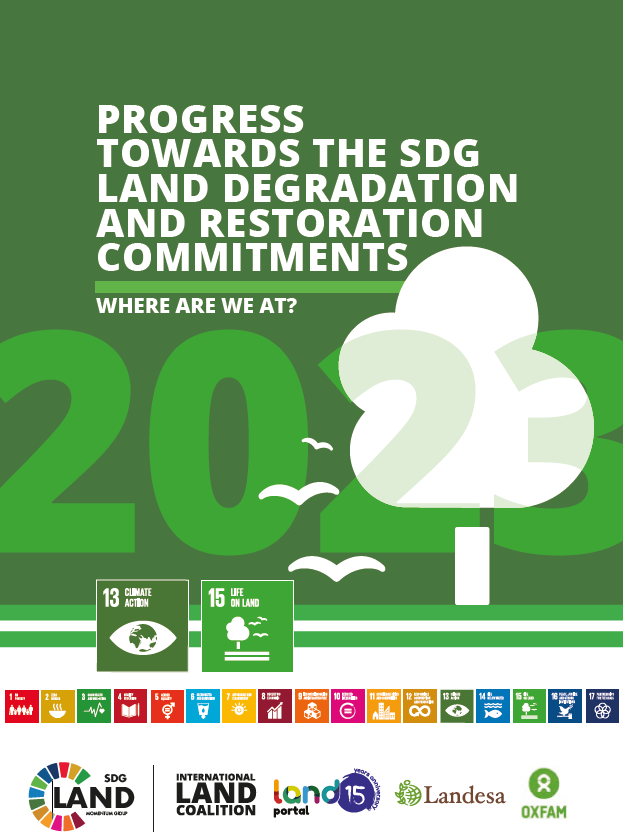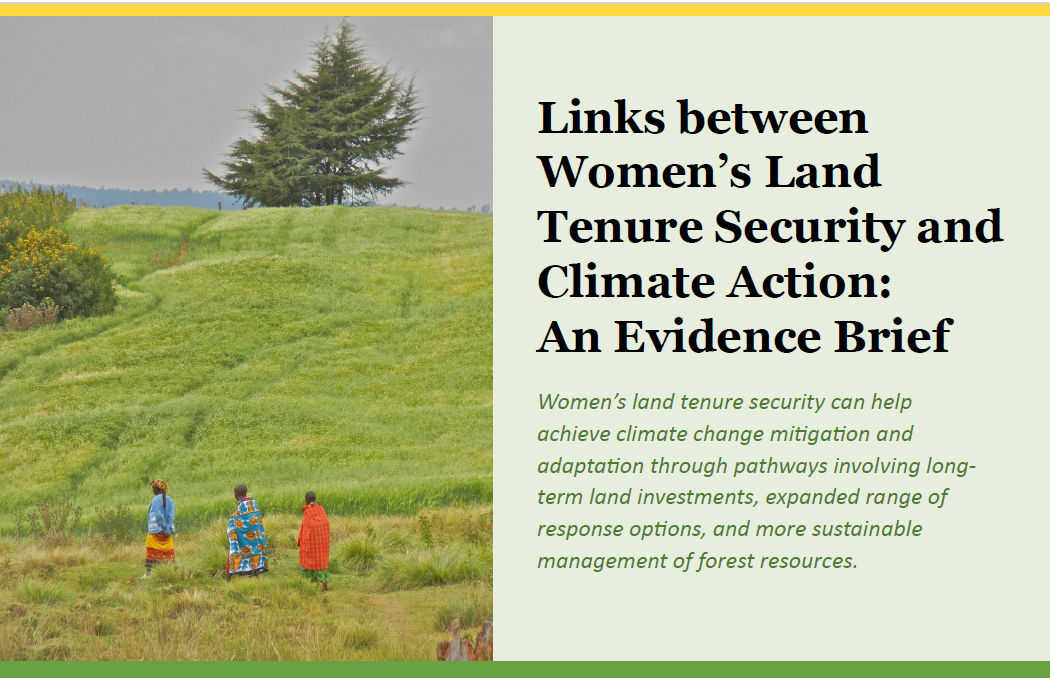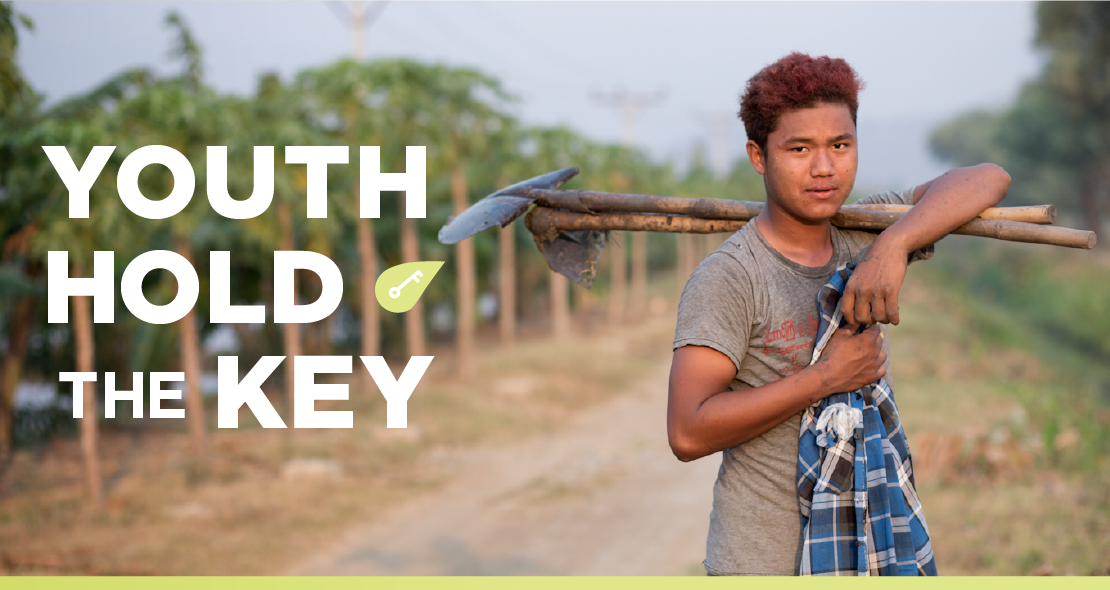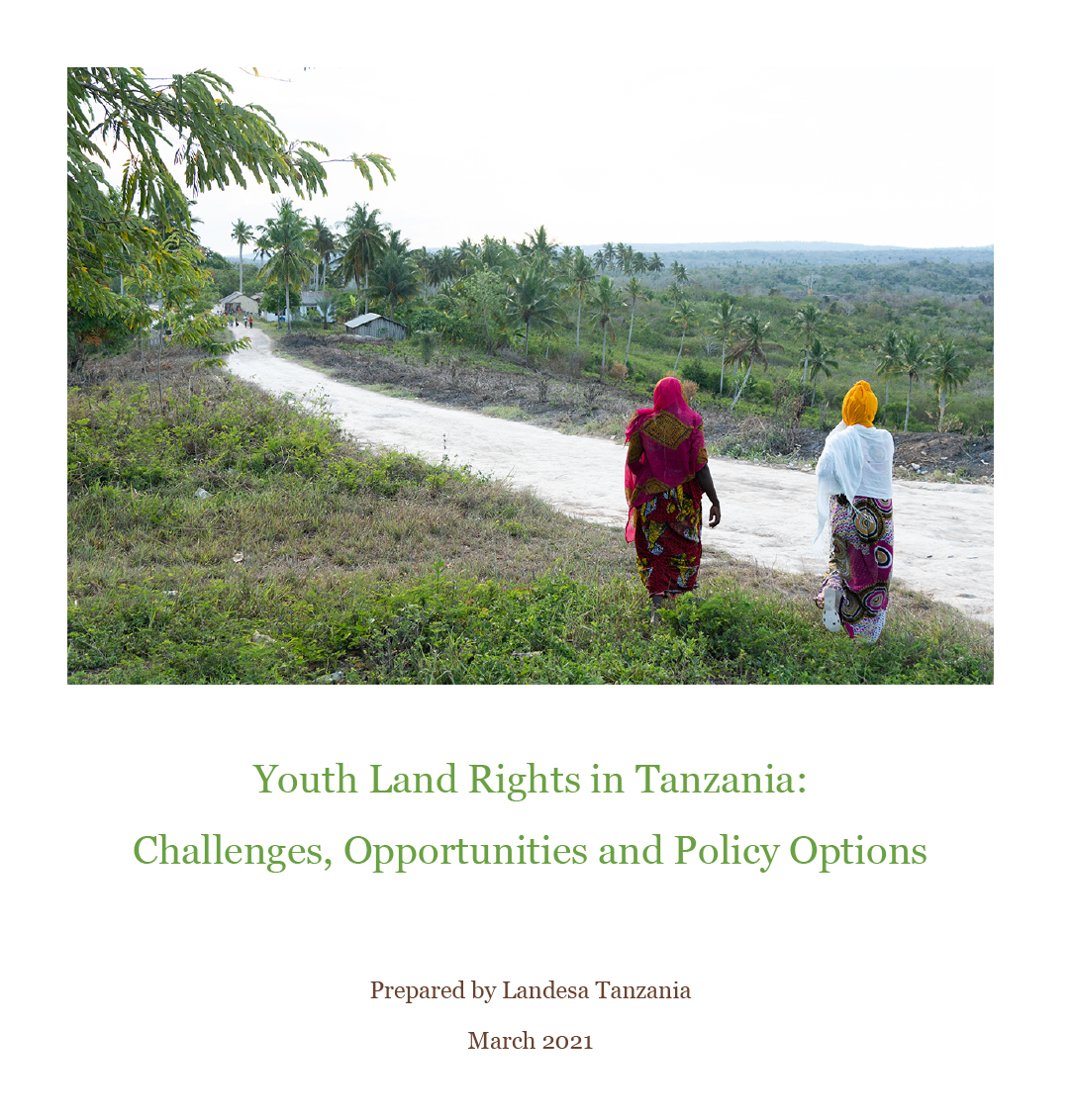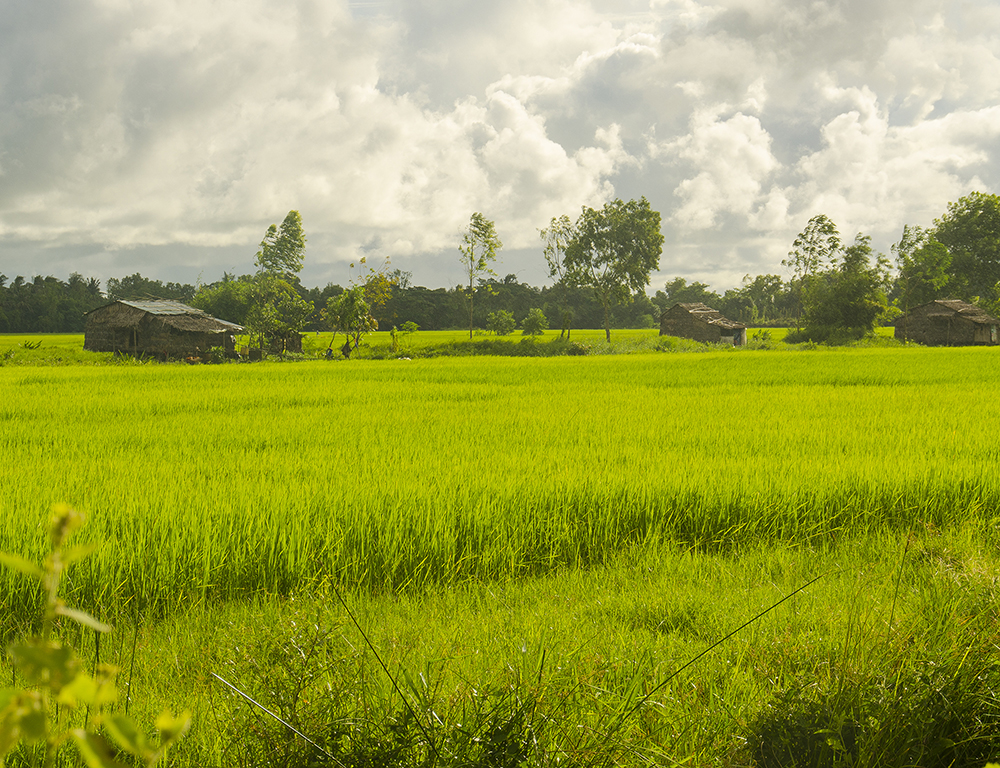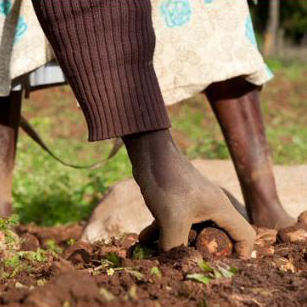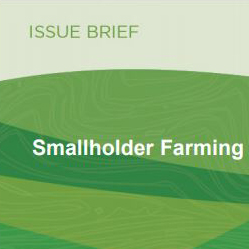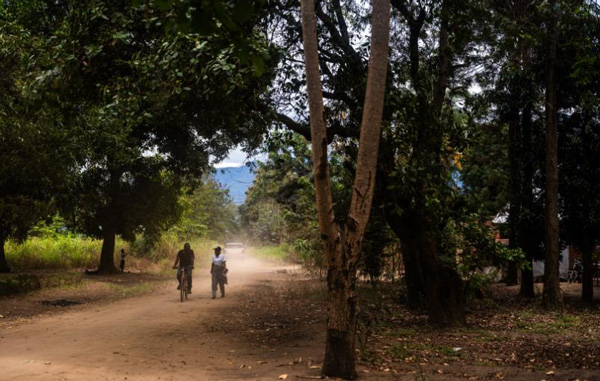
An interactive Tanzanian case study and lessons for responsible land divestment. This resource is part of an initiative on community-smart consultation and consent supported by the BHP Foundation and implemented by Landesa, in partnership with RESOLVE, Conservation International, and the Centre for Social Responsibility in Mining (CSRM) at The University of Queensland.

